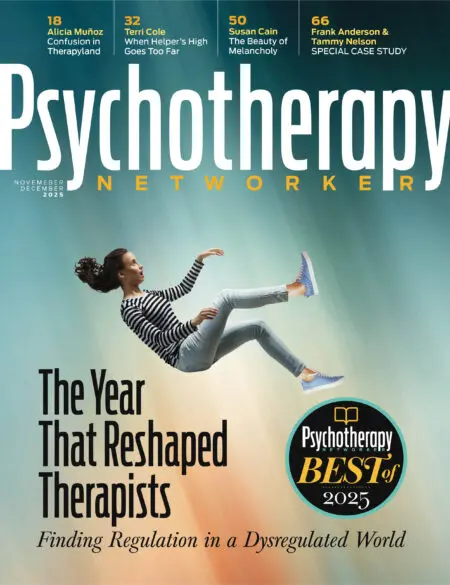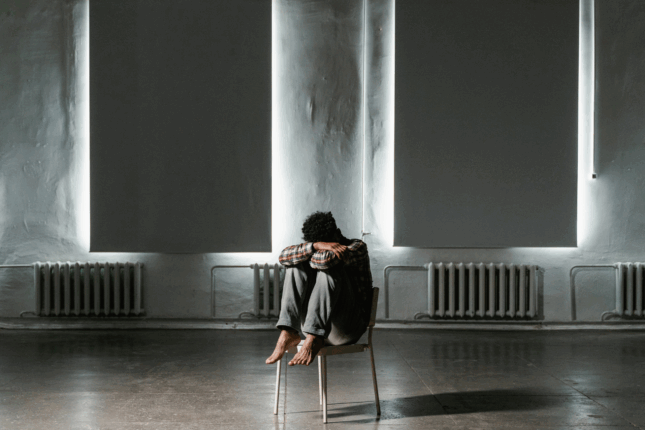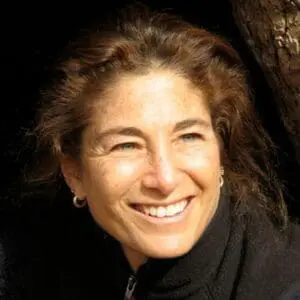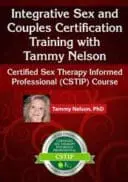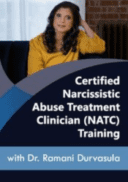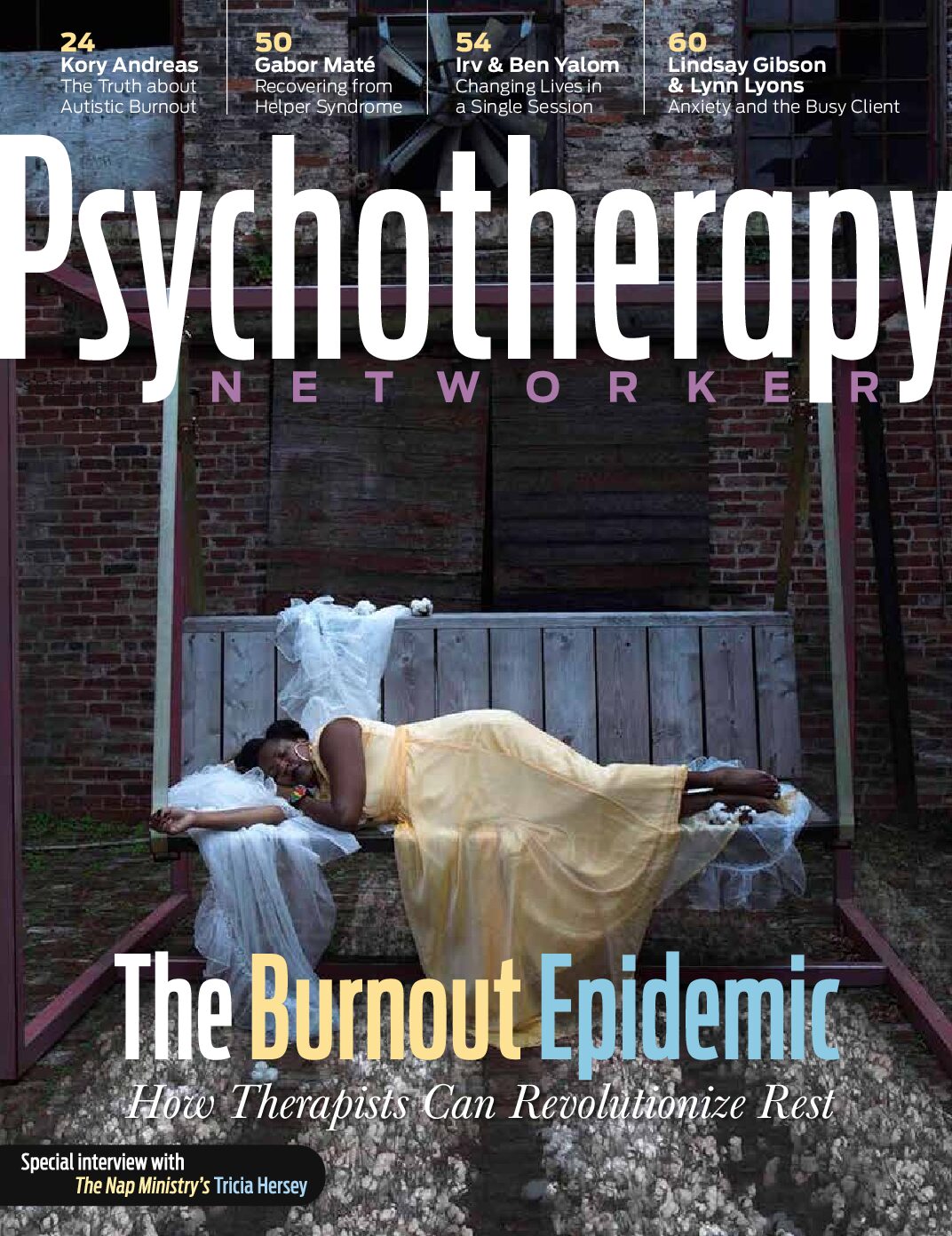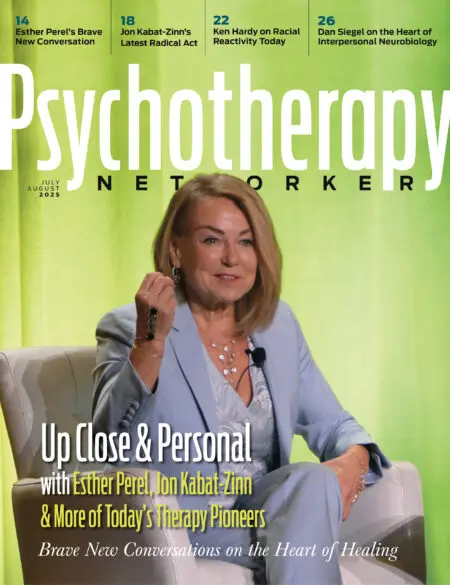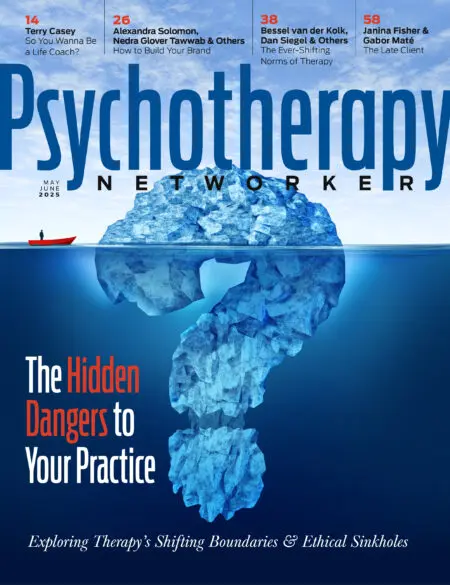One of the things that distinguishes therapy from a purely spiritual path is the engagement with one’s personal story. The therapist collaborates with the client to look at the personal patterns that play out in daily life and discover what might help in coping more effectively and finding more ease and happiness. On the spiritual path, suffering arises from any identification as a separate self. The key inquiry on the spiritual path is how is this identification being fueled and what awakens us to our wholeness. In other words, therapy’s main concern is the story of the personal self. Spirituality includes that story but emphasizes who we are beyond the limiting notion of self.
In Western psychotherapy, sharing one’s personal story creates rapport and intimacy and serves as a portal to discovering where experience lives in the body and in the heart, but many people can get fixated on the story and never go beyond it. So that’s the shadow side of psychotherapy. The shadow side to what’s called spiritual practice is sometimes a dismissal of the story and the poignant constellation of feelings and emotions that surround it. So I think it’s important to find a middle way, where you honor the story, but don’t get lost in it. The Tibetan teacher Tsoknyi Rinpoche talks about our beliefs, stories, and emotions as “being real, but not true.”
That means we need to acknowledge that our beliefs feel real in our bodies and hearts, but don’t actually translate into the truth of reality itself—just like our thought of an apple isn’t the same as biting into and tasting it. If we can recognize that, everything starts opening up. We can honor the portal, but we keep reentering the real, living, dynamic reality that’s here.
The Power of Intentionality
When clients come to me for help, right from the start, I want to hear about what their deepest intention is. I invite them to go to the most sincere place in them and say what it is they’re really wanting. That lets me know how large a view they have of what’s possible, and it helps me say, “OK, this is where you are right now. Let’s take the first step.”
The first thing I’m doing is in some way asking, “What’s your hope? What’s your aspiration?” When we aren’t aligned with our deep aspiration, we suffer. There’s a question you can use to get at this that’s pretty straightforward: “What’s asking for attention in your life right now?” Suffering is a way of calling attention to a certain part of us that needs attention.
My assumption is that something in them is longing for what I call refuge, or for really coming home to a place of inner peace and a loving heart. I think that we’re all longing for that. I sometimes think of William James, who said “All religions begin with the cry for help.” We all sense the uncertainty of this existence, so everyone of us on some level is looking for what will allow us to feel more at home in our own being. Becoming conscious of our longing for refuge—for peace, for freedom—is an essential part of what energizes our path.
Opening to the Larger Self
There’s a wonderful teaching from Carl Jung that says that whatever within us that is unlived controls us. When we’re traumatized, we’ve got unlived fear in our body that needs to play itself out, and unlived grief that needs to be grieved. When we live the unlived life, that very process opens us to a larger sense of wholeness. The process of emotional and spiritual healing is one of living the unlived life.
Viktor Frankl wrote that between the stimulus and the response there’s a space, and in that space is our power and our freedom. When there’s unlived life, we’re caught in a chain reaction that keeps us from contacting what might feel raw or intense. By pausing and becoming present, we can tap the inner resources that give us our power and our freedom. We’re able to open to the unlived life and integrate this vital energy into the larger whole of our being.
Self-Compassion
The practice of self-compassion trains us to let ourselves be touched by the suffering in our own bodies and hearts, and actively offer care. In this culture, that’s radical, because we’re taught to pride ourselves on being rough and tough on ourselves, always trying to be in a self-improvement project. I often use the gesture of the hand on the heart because it deconditions that inner armoring and helps us discover this vast feeling of tenderness that can offer care inwardly.
Our survival-oriented brain makes it hard for us to stay with the places that are difficult inside us. We don’t want to be with unpleasantness. But there’s a very wise spiritual equation: Pain x Resistance = Suffering. We perpetuate our suffering because we have all sorts of clever strategies to resist emotional pain. Whether we busy ourselves or distract ourselves or judge ourselves, we just keep away from that pain. So the practice of self-compassion means training ourselves to quiet our minds, stay with our experience, and remind ourselves to come into the body and heart.
Tara Brach
Tara Brach, PhD, is a clinical psychologist, an internationally known teacher of mindfulness meditation, and the founder of the Insight Meditation Community of Washington. She is author of bestselling Radical Acceptance and True Refuge, and leads accredited workshops for mental health professionals interested in integrating meditation into the practice of psychotherapy. Tara offers meditation retreats at centers in the United States and in Europe. Her podcasted talks and meditations are downloaded about a million times each month. In addition to her public teaching, Tara is active in bringing meditation into DC area schools, prisons and to underserved populations, and in activities that promote racial justice.
